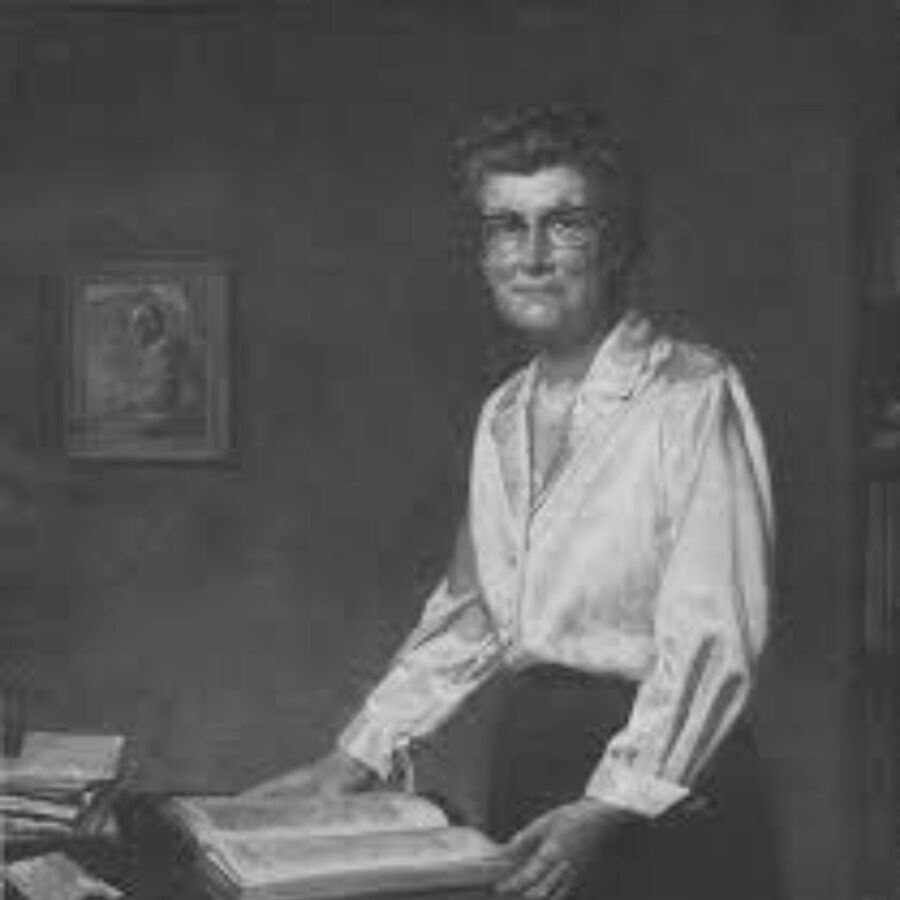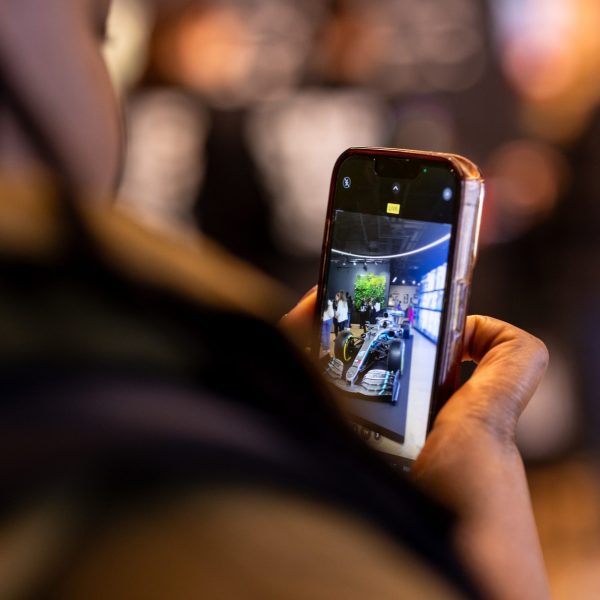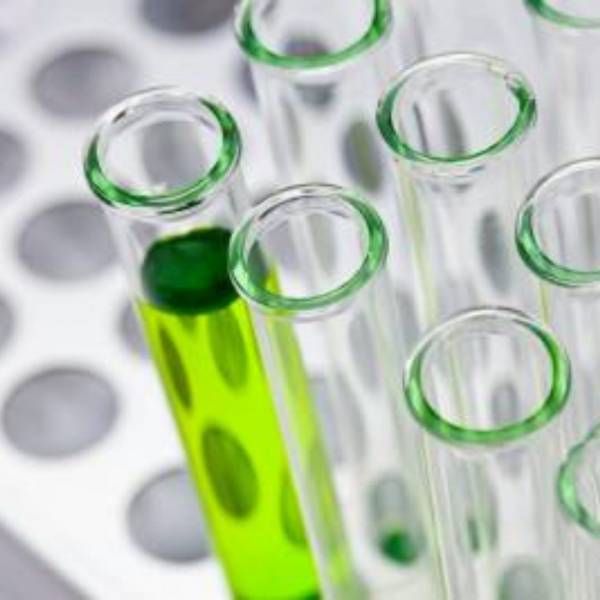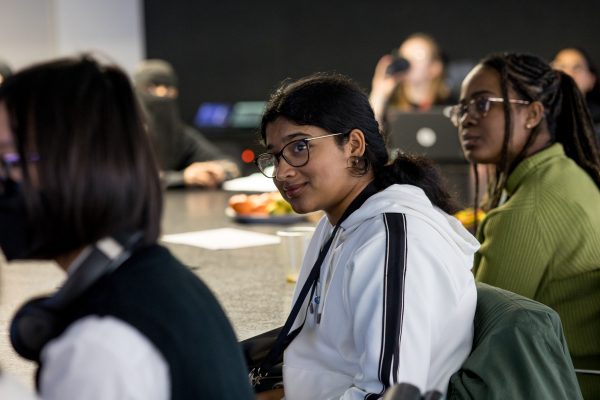When I first came across her, my initial thought was how did I not know her? She founded an important field. Also, what on earth is neuropathology?
Pathology is the study of disease and “neuro” is a prefix that refers to the nervous system. Neuropathology is the study of diseases that impact the nervous system.
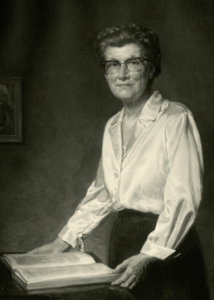
Dr Louise Eisenhardt was a protégée, companion and associate of Dr Harvey Cushing. Some people deem him as the “father of brain surgery.” For many years, Dr Louise was the world expert on brain tumour diagnosis. For 22 years, she was also the Managing Editor of “Journal of Neurosurgery”. Through her, the journal became one of the world’s most outstanding scientific publications. Dr Louise was also the first female president of the American Association of Neurological Surgeons. This was originally known as the Harvey Cushing Society.
Why exactly is she considered one of the first neuropathologists? What is special about her and why is she so revolutionary? Well, she started work in 1915 as an editorial assistant to Dr Harvey Cushing. During WWI, Dr Cushing left for military duty in France. Dr Louise then finished editing Dr Cushing’s book. The name of the book is “Tumors of the Nervous Acusticus and the Syndrome of the Cerebellopontile Angle“. After this, she decided to go to medical school.
While at Tufts University School of Medicine, she kept on doing editorial work for Cushing. In 1922, she began to keep a log of operative results on various types of brain tumours. She graduated from Tufts in 1925. She achieved the highest scholastic record ever. Afterwards, she interned at the New England Hospital for Women and Children. Throughout her career, she continued to record every tumour treated by Dr. Cushing.
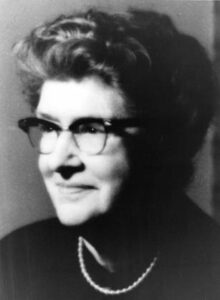
After a year of residency, Dr Eisenhardt rejoined Dr Cushing as a neuropathologist. From 1928 to 1934, she was at his side as a junior associate in surgery in Boston operating rooms. She would make on-the-spot diagnoses of tumours and tissues as he removed them, wow! She would also keep a cumulative case log of the tumour diagnoses. As well as co-authoring papers with Cushing. Not only that, Dr Louise taught neuropathology at Tufts.
In 1934, Dr Eisenhardt moved from Harvard University to Yale with Dr Cushing. Together, they spent a year setting up a brain tumour registry. They began with about 2,000 specimens and 50,000 pages of case records. When Dr Cushing died in 1938, Dr Louise became the curator of the registry. Her role entailed following thousands of patients with brain or spinal tumours. Neurosurgeons from all over the world would send her slides of problem tumours. Eisenhardt would then help them decide the best treatment. For years, neurosurgeons and neuropathologists would visit the collection to study the pathology of intracranial tumours.
Dr Louise Eisenhardt was a very cool woman. She entered a very male-dominated field and didn’t let that stop her be a very revolutionary person.
If you feel inspired, read this article about Dr Louise Eisenhardt and check out this Introduction to Neuropathology</
This piece has been written by Stemette Society member, Omodolapo.
